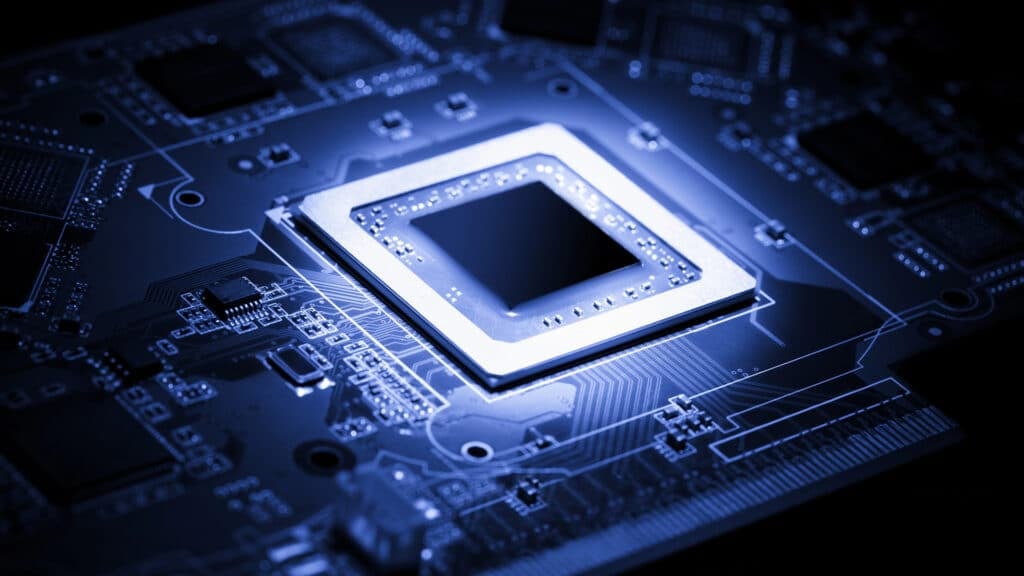The News: ASUS recently launched its line of ROG (Republic of Gamers) Phone 7 Series of smartphones outfitted with Qualcomm’s Snapdragon 8 Gen 2 system-on-chip targeted at smartphone users wanting a premium gaming experience. See the ASUS Press Release for more information.
Qualcomm Snapdragon 8 Gen 2 Powers ASUS ROG 7 Mobile Gaming Phones
Analyst Take: ASUS’s newly announced ROG 7 Series gaming smartphones powered by Qualcomm’s Snapdragon 8 Gen 2 system-on-chip is an excellent move. The market for mobile gaming is large and continued innovations should serve to propel the category in the future. In fact, the mobile gaming category in general is a global phenomenon connecting myriad generations and cultures with one another that will continue.
The ROG Phone 7 and ROG Phone 7 Ultimate both have the same dimensions of 173 x 177 x 10.4mm, weight of 239g, screen size is 6.78-inches 20.4:9 FHD+ Samsung E4 AMOLED protected by Gorilla Glass Victus, 50-megapixel primary camera, 13-megapixel ultrawide camera, 5-megapixel macro camera, 6,000maH battery and the Qualcomm Snapdragon 8 Gen 2 system-on-chip.
Some key differences between the new devices are the ROG Phone 7 has 12GB / 16GB of LPDDR5X ram, 256GB / 512GB (UFS 4.0) storage and the device comes in Phantom Black and Storm White. The ROG Phone 7 Ultimate (higher-end version) comes with 16GB of LPDDR5X ram and 512GB (UFS 4.0) storage and is available in White.
My viewpoint is the ROG 7 Series gaming smartphones should offer its users an excellent mobile gaming experience. From a system-on-chip perspective, the device is outfitted with Qualcomm’s Snapdragon 8 Gen 2 SoC that permeates artificial intelligence throughout the system. At the center of Qualcomm’s AI experience is its AI engine that is composed of various technologies such as the Adreno GPU, Kryo CPU, sensing hub, memory and Hexagon processor.
The Adreno GPU recently got a 25 percent performance uplift in the area of graphic rendering, along with 45 percent greater power efficiency, and its real-time hardware accelerated ray tracing will enhance the gaming experience by adding more lifelike details such as enhanced lighting effects such as shadows, reflections and greater illumination to the games.
Wrapping it up, the newly announced ROG 7 Series gaming smartphones powered by Qualcomm’s Snapdragon 8 Gen 2 SoC should be well received by users since the device has significantly more power, better graphics, and features excellent design. The better lighting, better sound, and much cooler look should be compelling for users.
Disclosure: The Futurum Group is a research and advisory firm that engages or has engaged in research, analysis, and advisory services with many technology companies, including those mentioned in this article. The author does not hold any equity positions with any company mentioned in this article.
Analysis and opinions expressed herein are specific to the analyst individually and data and other information that might have been provided for validation, not those of The Futurum Group as a whole.
Other insights from The Futurum Group:
MWC 2023: Qualcomm’s Customers are Adding Snapdragon Satellite to their Devices
Qualcomm Announces its Snapdragon x75 5G Modem-RF




